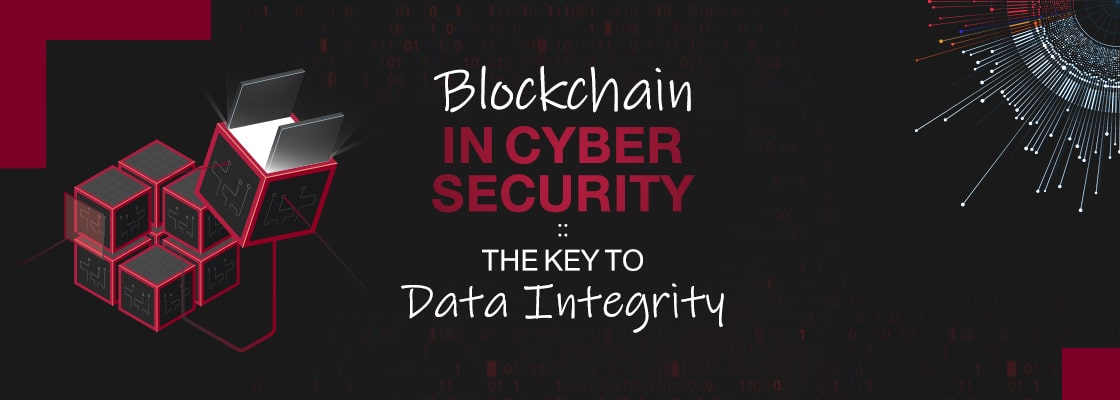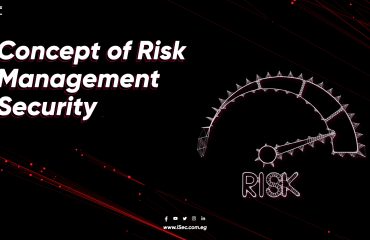
Blockchain technology, first introduced as the underlying infrastructure for the digital currency Bitcoin, has the potential to revolutionize the way we think about data security and integrity. In the realm of cyber security, the use of blockchain technology offers a number of advantages over traditional methods, including increased transparency, immutability, and decentralization.
One of the key benefits of blockchain technology is its ability to provide a tamper-proof record of transactions. Each block in a blockchain contains a unique code, called a “hash,” that is generated based on the contents of the block and the hash of the previous block. This creates a chain of blocks, each dependent on the one before it, that cannot be altered without detection. This makes blockchain an ideal technology for keeping a secure and accurate record of important data, such as financial transactions or personal information.
Another important aspect of blockchain technology is its decentralization. In traditional systems, data is often stored in a central location, such as a server or database, and controlled by a single entity. This central point of control makes the system vulnerable to attacks, as a hacker needs only to compromise that point to gain access to the entire system. With blockchain, on the other hand, the data is spread across a network of users, making it much more difficult to compromise.
In addition to these core features, blockchain also has a number of other properties that make it well-suited for use in cyber security. For example, because each block contains a timestamp, it is possible to detect and track any changes made to the data over time. This allows for the detection of any unauthorized access or tampering, making it an excellent tool for auditing and compliance. Furthermore, because the data is stored across a network of users, there is no single point of failure, which makes blockchain a highly resilient system that is able to withstand even the most determined attacks.
Despite these advantages, it should be noted that blockchain is not a panacea for all cybersecurity problems. The technology is still relatively new, and there are a number of challenges that need to be overcome before it can be widely adopted. For example, there are currently scalability issues with blockchain that need to be addressed in order for the technology to be used for large-scale applications such as national security or banking systems. Additionally, there are regulatory and legal challenges that need to be tackled before blockchain can be used to secure sensitive data.
Despite these challenges, the future of blockchain in cyber security is looking bright. As more and more organizations begin to recognize the potential of this powerful technology, it is likely that we will see a growing number of applications and use cases. The adoption of blockchain in cyber security can improve overall data security, creating a more secure and trustworthy digital environment.
In conclusion, blockchain technology has the potential to revolutionize the way we think about cyber security. Its tamper-proof record-keeping, decentralization, and transparency make it an ideal technology for safeguarding important data and ensuring the integrity of digital transactions. While there are still some challenges that need to be addressed before blockchain can be widely adopted, the future of this technology in the realm of cyber security is looking very promising. To sum up, key takeaways about the potential of blockchain for cyber security are:
- Blockchain technology provides a tamper-proof record of transactions.
- The decentralization of data makes it more difficult to compromise.
- Blockchain technology is well-suited for auditing and compliance.
- Blockchain technology is highly resilient and can withstand determined attacks.
- Scalability issues and regulatory challenges need to be tackled for wide adoption.
- Blockchain technology can improve overall data security and create a more secure digital environment.



